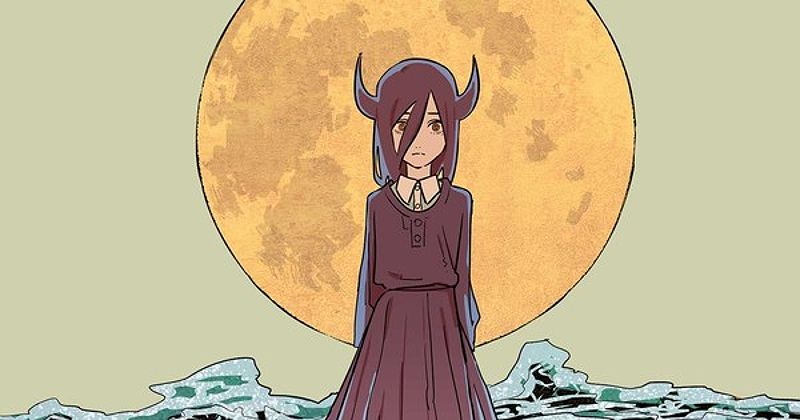Exploring Tatsuki Fujimoto’s Early Works Before Chainsaw Man

Discover Tatsuki Fujimoto’s early works before the hit manga series Chainsaw Man, including self-contained stories that showcase his evolving writing style and unique storytelling prowess.
Exploring Tatsuki Fujimoto’s Early Works Before Chainsaw Man
Tatsuki Fujimoto has gained significant recognition in recent years for his hit manga series Chainsaw Man and other critically acclaimed works like Goodbye, Eri. However, his earlier works often go unnoticed. Before Chainsaw Man, Fujimoto created a series of self-contained stories that offer a glimpse into his evolving writing style. In this article, we will delve into these early works and examine how Fujimoto’s talent and storytelling prowess developed over the years.

( Credit to: Animenewsnetwork )
The Origins of a Mad Genius
Before Chainsaw Man, Fujimoto showcased his creativity and unconventional ideas in his early works. These stories, compiled in a series of books, provide a raw and unpolished look into Fujimoto’s artistic journey. From killer mermaids to gender-swapping and a devilish little sister with the power to end the world, these stories offer a unique and unforgettable reading experience.
The Cinematic Feel
One of Fujimoto’s remarkable abilities as a writer and artist is his ability to infuse his works with a cinematic quality. His stories, even when based on seemingly simple or unconventional concepts, have a way of resonating with readers. Whether exploring realistic themes or delving into the bizarrely supernatural, Fujimoto’s narratives always leave a lasting impact. This is particularly evident in the final two stories of this collection, ‘Nayuta of the Prophecy’ and ‘Sisters’.
Nayuta of the Prophecy
In this story, a young man finds himself taking care of his demon sister, who is despised by the world due to a vague apocalyptic prophecy. The contrasting perspectives between the world’s perception of the little girl and her brother’s struggle to come to terms with his complex emotions create an engaging and heartwarming tale. It is intriguing to see how this one-shot may have laid the groundwork for some ideas found in Chainsaw Man, while emphasizing the importance of looking beyond initial fears to connect with the ones we love.
Sisters
Sometimes, a simple story about two sisters who struggle to communicate can convey a powerful message. While the setup in ‘Sisters’ may initially seem hard to believe, Fujimoto’s straightforward approach allows the story to shine. The narrative explores the misunderstandings and eventual common ground between the sisters, offering a poignant reflection on the challenges of communication. The realistic art direction adds depth to the idea of baring oneself to the world, making it a compelling read.
Mermaid Rhapsody
The first story in the collection, ‘Mermaid Rhapsody,’ stands out with its unique art style. It presents a love story between a mermaid and a human in a world where the two species are at odds. While the story’s intentions may become slightly muddled towards the end, the captivating designs and layouts evoke a strong sense of loneliness and longing. The artwork alone makes this story worth experiencing.
Woke-Up-as-a-Girl-Syndrome
Among the four stories, ‘Woke-Up-as-a-Girl-Syndrome’ may be considered the weakest. Its premise feels unimaginative, and the overall message remains unclear. The story revolves around gender-bending, exploring how individuals sometimes wake up as a different gender. However, it lacks the depth and resonance found in Fujimoto’s other works. Despite this, the remaining three stories make this volume a worthwhile addition to any fan’s collection.
Conclusion
Tatsuki Fujimoto’s early works offer a fascinating glimpse into the creative mind behind Chainsaw Man. While some stories may have their flaws, they demonstrate Fujimoto’s distinct artistic style and ability to convey heartfelt messages. If you’re a fan of Chainsaw Man or simply curious about Fujimoto’s earlier works, this volume is a valuable addition to explore his artistic journey.




